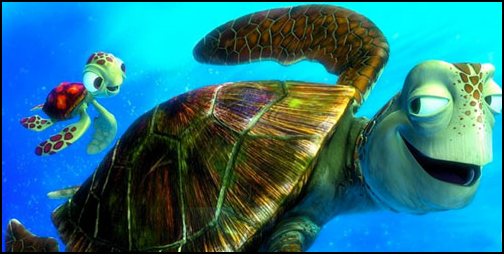With The Amazon and Iguazu Falls done, it was time to fly east to the coast and visit the Bahia state, home to impressive coastlines and rich culture. Staying in the historic Pelourinho in Salvador allowed us to experience some tradition musical performances and celebrations which seem to lighten up this square night after night. We managed to ventured out of the city on several day trips, including visiting the historic fitas (coloured ribbons) filled church of Igreja NS do Bonfim, and a little island town on Ilha de Itaparica.
Being always curious and interested in science and conservation efforts, I found out about a place a couple hours north of Salvador called Prai do Forte. It is home to a nonprofit organization dedicated to saving sea turtles in Brazil called TAMAR (which is an abbreviation for TArtaruga MARinha or “sea turtles” in Portuguese). Thus, we decide to make a little day trip out to learn about sea turtles!
Grandfathers of the Sea
I’ve definitely no biologist, but with a tour around TAMAR I learnt quite a bit! And I have to say, sea turtles are quite amazing, being some of the most massive (some adult species budding over two metres in length) and oldest (live-spans estimated at 100 years) creatures around. Five of the seven species of sea turtles are found in Brazil, which are distinguishable by the plates on their shells and comprise of: Loggerhead, Olive Ridley, Green, Leatherback, and Hawksbill. All of which are threaten with extinction and the latter two being critically endangered.
Sea turtles differ from their land-loving relatives by their developed flippers and unique spawning process. From the months of September to March, female turtles migrate to the Brazilian shorelines to lay golf ball-sized eggs buried within the sand, where they incubate for 45-60 days. During this time the temperature of the sand actually determines the sex of the turtle.
Turns out 29°C is the magic number.
Warmer? It’s a girl!
Colder? It’s a boy!
When incubation is done they hatch, crawl out of the sand and scurry to the sea as fast as they can, to live in the open waters and return again one day to those same shorelines once adulthood is reached.
For the past 30 years the TAMAR project has been very successful in the conservation of these vulnerable creatures. Back in the 1980s little was known about sea turtles, nearly all females on the beach were killed, and all their eggs were poached and/or collected. Brazil was doing nothing about it at the time but international pressure was rising. A group of oceanography students came together, surveyed the shorelines and wrote a reported to the government. Since then, TAMAR has grown to 23 stations, with the main national headquarter in Pria du Forte where we visited (Check out my sister’s video here!).

Working with local communities their conservation efforts range from employing former turtle hunters to help find nest on busy beaches and mark them, to trading in turtle eggs for chicken egg. Due to their efforts, within the past 30 years they have completely changed the mindsets of how turtles are managed and now with only 2% of them being poached, a turtle is worth more alive than dead.
Final thoughts
As considerable as the conservation effort from the TAMAR project have been, there are still many threats to these endangered species, especially moving toward the 21st century. With coastal development and new resorts swelling in Brazil, beaches are becoming more crowded and nests are increasing becoming threaten and disturbed. This is a crucial responsibility of TAMAR, where they monitor the beaches between 20:00-2:00 and mark the turtle nests. Once marked they put protective nets on top and monitor them, and if in a high traffic area, relocate and transfer to the beach research centre to incubate until they are ready to hatch and be returned to the sea. In the meantime valuable information such as skin, blood, and scale samples are taken to help track these turtles’ health and abundances.

Artificial lights from these developments and hotter waters also menace the turtles because of their heat sensibility (remember the 29°C magic number). Lighting disorientates the baby turtles and gets them lost and dehydrated when they head for the sea. It also falsely heats the sand. Likewise, broader effect on the ocean temperature can skew the equilibrium and distribution of males and females within the surrounding water.

If you are interested in learning more about sea turtles or the TAMAR project be sure to check out their website at http://www.tamar.org.br.
It’s always a treat to be able to go to another country and learn about their unique inhabitants. And to find an organization doing such a successful job at the conservation of these creatures makes me impressed and inspired. Organizations like this are important to protect those that cannot for themselves, especially because it is usually our society who caused the harm in the first place.
I hope to discovery more projects such as this, helping to protect the earth and its various inhabitants, in my future travels, and help out along the way as much as possible given the opportunity. So with that, we leave Bahia behind and head for our final destination in Brazil, the famous, luring lights of Rio de Janerio.
-Stephanie
Thanks for reading! Please subscribe for more posts via email, and/or leave a comment, share this post, or follow me on Twitter (@stephsykora) or Instagram (@stephaniesykora)









